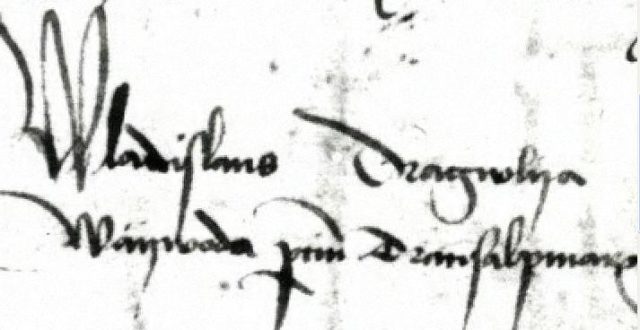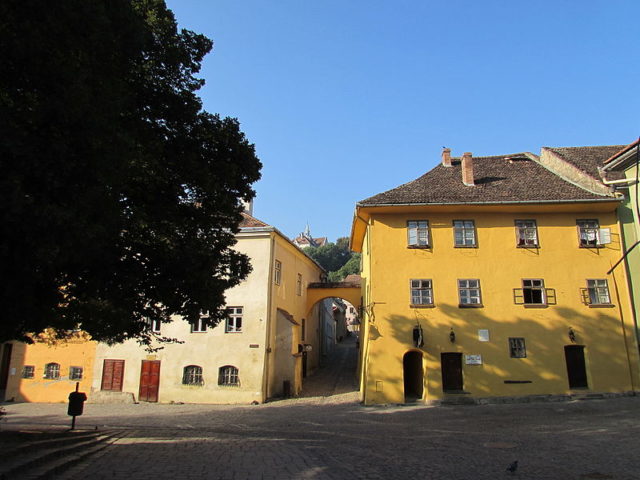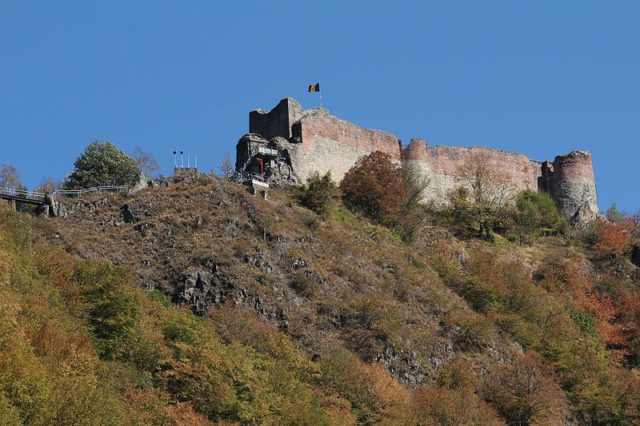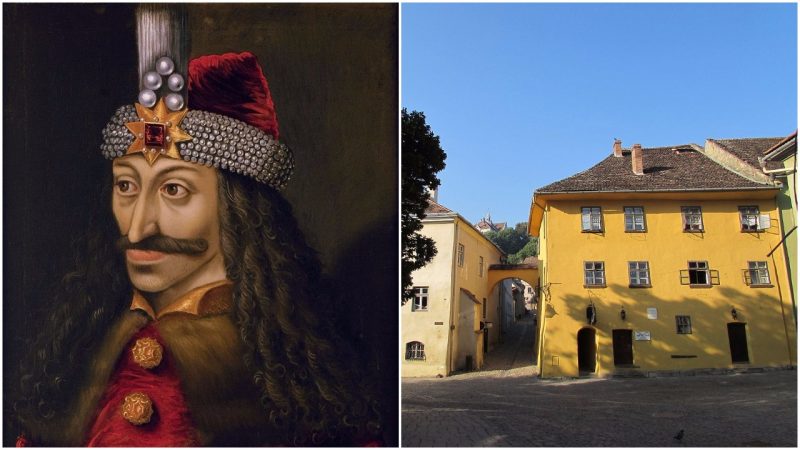Known as Vlad the Impaler, Vlad III was the Prince of Wallachia between the period of 1448 and 1477. Born in Sighisoara, he was Vlad Dracul’s second son who became the ruler of Wallachia in 1436.
His name originated from the Romanian sobriquet of his father, VladDracul, which means ‘Vlad the Dragon.’ He received it after becoming a member of the Order of the Dragon. The term ‘Dracula,’ which today is referred as the name of a vampire, was known as the nickname of Vlad III for centuries.


In modern Romania, the word Dracula means ‘the devil’ thanks to Vlad the Impaler’s bad reputation during his lifetime. His nickname ‘Vlad Dracul the Impaler’ is associated with his favorite method of execution called ‘impalement.’ The process of executing a person with this kind of method is one of the cruelest during history. It includes penetration of a human with a stake or a spear, often followed by a complete or partial perforation of the torso.
It seems as Vlad Dracul enjoyed punishing those who betrayed him by using this method, which provided him fame. Stories about his fierceness date back since he became a prince of Wallachia and it’s assumed that he killed over 40,000 people during his ruling.
He was also considered a national hero and a real tyrant because he always punished criminals and killed unpatriotic boyars to strengthen the central government. Peasants which tell stories about him say that back then, only such cruel acts could secure the public order in Wallachia.


Vlad was murdered in 1477. Despite the fact that many considered him a serial killer, according to the Romanian historians, he was one of the greatest Romanian rulers.
Alecandru Dimitrie Xenopol, one of the first historians to justify Vlad’s acts of terror, considered his cruelty actions to be the only way to stop the internal fights of the boyar parties. Another Romanian historian, Constantin C. Giurescu, has claimed: ‘The tortures and executions which Vlad ordered were not out of caprice, but always had a reason, and very often a reason for a state.’

Many books were written about Vlad and later became bestsellers, especially in Germany-speaking territories and Russia.
The reason why people bought books was related to the prince’s violent acts and their detailed description. Due to his cruelty and the personal name given by his father, he also became the muse for the fictional creation of ‘Dracula’ in Bram Stoker’s 1897 novel ‘Dracula.’
